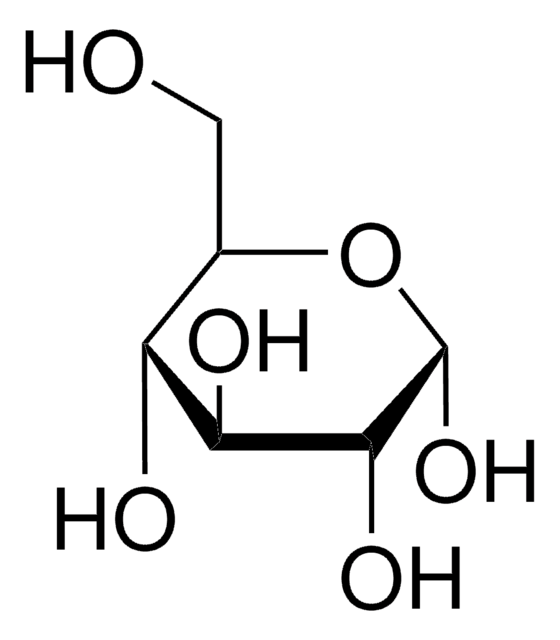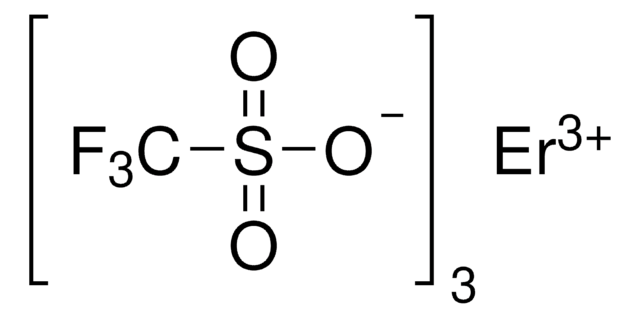749796
Indium tin oxide coated PET
surface resistivity 300 Ω/sq, L × W × thickness 1 ft × 1 ft × 5 mil, sheet
Synonym(s):
ITO-PET, Polyethylene terephthalate film, ITO coated
About This Item
Recommended Products
form
sheet
surface resistivity
300 Ω/sq
L × W × thickness
1 ft × 1 ft × 5 mil
SMILES string
O=[In]O[In]=O.O=[Sn]=O
InChI
1S/2In.5O.Sn
InChI key
LNNWKAUHKIHCKO-UHFFFAOYSA-N
Looking for similar products? Visit Product Comparison Guide
General description
Application
Features and Benefits
Physical properties
Storage Class Code
13 - Non Combustible Solids
WGK
WGK 3
Flash Point(F)
Not applicable
Flash Point(C)
Not applicable
Regulatory Information
Choose from one of the most recent versions:
Already Own This Product?
Find documentation for the products that you have recently purchased in the Document Library.
Which document(s) contains shelf-life or expiration date information for a given product?
If available for a given product, the recommended re-test date or the expiration date can be found on the Certificate of Analysis.
How do I get lot-specific information or a Certificate of Analysis?
The lot specific COA document can be found by entering the lot number above under the "Documents" section.
How do I find price and availability?
There are several ways to find pricing and availability for our products. Once you log onto our website, you will find the price and availability displayed on the product detail page. You can contact any of our Customer Sales and Service offices to receive a quote. USA customers: 1-800-325-3010 or view local office numbers.
What is the Department of Transportation shipping information for this product?
Transportation information can be found in Section 14 of the product's (M)SDS.To access the shipping information for this material, use the link on the product detail page for the product.
Why isn't the Indium tin oxide (ITO) coated PET showing resistance?
The Indium tin oxide (ITO) coated PET is protected by a thin, transparent film that can be easily peeled off. This film will not show resistance, so it needs to be removed prior to testing the electrical properties.
How do I determine which side of this product has the Indium Tin Oxide (ITO) coating?
The ITO side of the PET sheet has a blue protective film on it to prevent the ITO from scratching. Once this film is removed, you can also determine the coated side by testing for ITO resistance using either a Multimeter or a Four Point Probe.
My question is not addressed here, how can I contact Technical Service for assistance?
Ask a Scientist here.
Articles
Organic photovoltaics (OPVs) represent a low-cost, lightweight, and scalable alternative to conventional solar cells. While significant progress has been made in the development of conventional bulk heterojunction cells, new approaches are required to achieve the performance and stability necessary to enable commercially successful OPVs.
A transparent conductive electrode (TCE) is an essential component of various optoelectronic devices such as solar cells, liquid-crystal displays (LCD), light-emitting diodes (LED), and touch screens.
Progress in solution-processed functional materials leads to thin-film optoelectronic devices for industrial and consumer electronics.
Synthesis of Melting Gels Using Mono-Substituted and Di-Substituted Alkoxysiloxanes
Our team of scientists has experience in all areas of research including Life Science, Material Science, Chemical Synthesis, Chromatography, Analytical and many others.
Contact Technical Service


